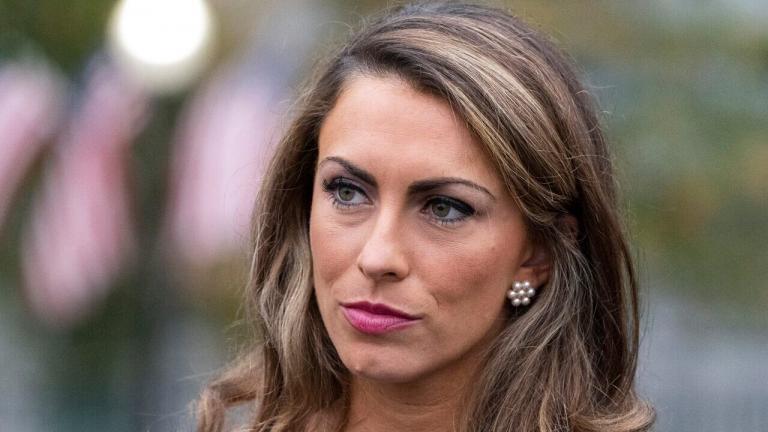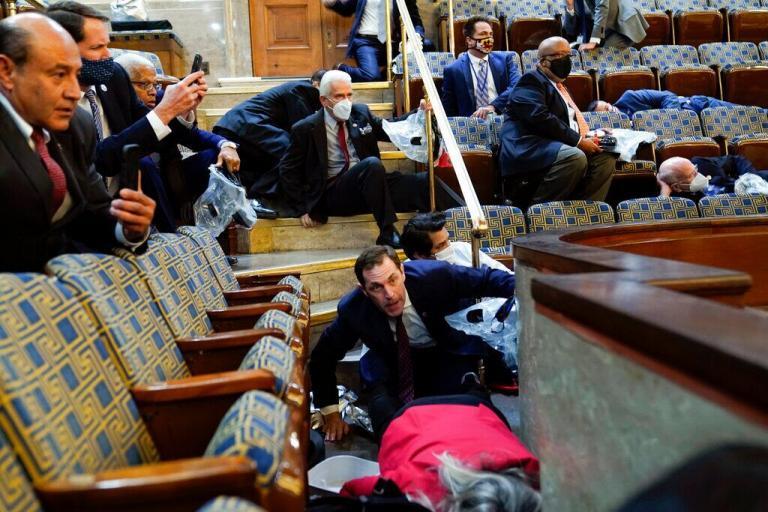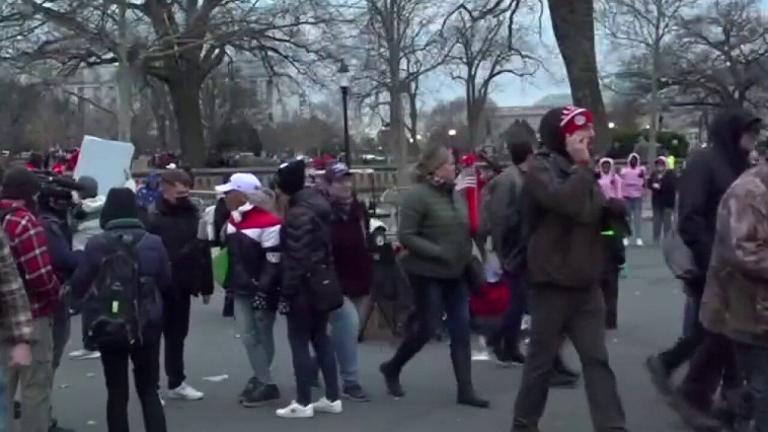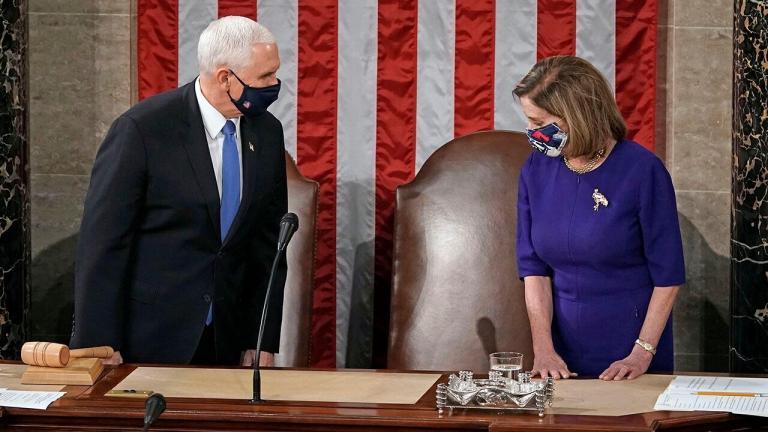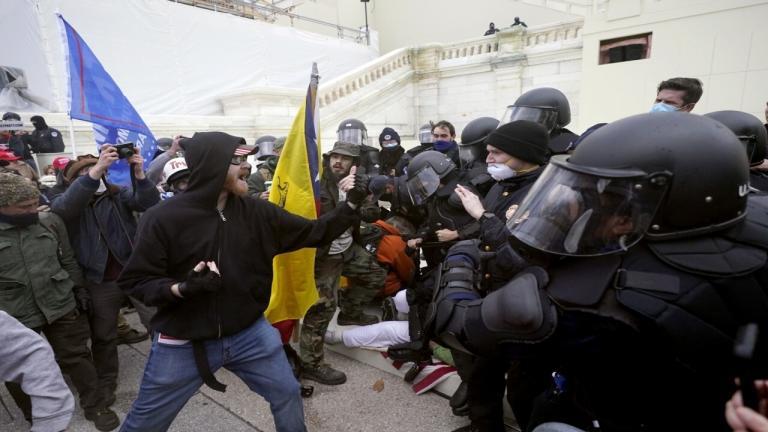Quick bit: After moderating slightly in recent months, inflation is forecast to pick up again. That is bad news for President Biden and the central bank.
Full Story:
Inflation spiked in October, scuppering Washington’s hopes that price gains would slow down.
Americans are paying more for furniture, food and pretty much everything else they’re buying these days. Credit…Jutharat Pinyodoonyachet for The New York Times
Nov. 10, 2021Updated 8:38 a.m. ET
Consumer inflation surged in October as fuel costs picked up, supply chains remained under pressure and rents moved higher — bad news for economic policymakers at the Federal Reserve and for the Biden White House, which had been emphasizing a recent slowdown in price gains.
Inflation picked up to 0.9 percent last month from September, a Labor Department report showed, faster than the prior month’s increase of 0.4 percent and well above economists’ expectations. So-called core price gains, which strip out products like food and fuel, also accelerated.
Overall prices have climbed by 6.2 percent over the past 12 months, the fastest pace since 1990.
The fresh data scupper a White House talking point. Officials had regularly pointed out that while price gains were faster than usual, at least they were slowing down from rapid summertime readings.
But instead of cooling off toward the end of 2022 as many policymakers had expected, inflation rates remain far faster than the 2 percent annual gains the Federal Reserve aims for on average over time. While the Fed sets its goal using a separate measure of inflation — the Personal Consumption Expenditures index — that too has picked up sharply this year. The C.P.I. reports come out faster, and help to feed into the Fed’s favored gauge, so they are closely watched by economists and Wall Street investors.
Administration and Fed officials alike still expect rapid inflation to eventually fade. But they have had to revise how quickly that might happen: Supply chains remain badly snarled, and demand for goods is holding up and helping to fuel higher prices. As wages begin to rise in many sectors amid labor shortages, there are reasons to expect that some employers might charge their customers more to cover climbing worker costs.
“It is now clear that this process will take longer than initially expected, and the inflation overshoot will likely get worse before it gets better,” Goldman Sachs economists wrote in a research analysis this week.
The factors that pushed inflation higher in October were varied. Used and new car shortages have sent prices skyrocketing, supply chain issues have made furniture costlier, labor shortages are raising some service-industry price tags, and rents are rising after a weak 2020. In the headline data, food and fuel prices have picked up sharply in recent months.
It is difficult to predict when those trends might moderate. Many are intertwined with the reopening of businesses from state and local lockdowns meant to contain the coronavirus, and the economy has never gone through such a widespread shutdown and restart before.
But policymakers have become wary that price gains that are too quick for comfort might linger. While they were willing to overlook a burst of temporary inflation, long-lasting gains would be more of a problem, potentially spurring the Fed to raise interest rates to cool off demand and contain price pressures.
There are some worrying signs. Consumers have been increasing their expectations for future price gains. Households expecting to face climbing grocery, department store and gas bills might demand pay raises — setting off an upward cycle in which wages and prices push one another ever higher.
Key measures of price expectations haven’t climbed into the danger zone yet, officials including Richard H. Clarida, the Fed’s vice chair, have said.
Still, supply chain experts have been warning that problems might get worse before they get better, especially headed into the busy holiday shopping season, further clogging backed-up ports and exacerbating shortages. The longer that prices for washing machines and televisions continue to soar, the more risk there is that consumers will begin to plan for higher prices.
There are reasons to believe that today’s price pop will fade. Households are sitting on huge savings stockpiles amassed during the pandemic, but should theoretically spend those down now that government support programs like expanded unemployment insurance have fully or mostly lapsed.
If demand moderates, it could open the door for a return to normal, as supply chains catch up. To the extent that suppliers have responded to this moment by ramping up their productive capacity, some prices might even fall.
But that could take time. Used car prices may only peak next April, said Jonathan Smoke, chief economist at Cox Automotive, which produces a closely-watched index tracking wholesale vehicle costs. After that, they’re unlikely to actually fall — they will just increase less quickly than their current breakneck pace.
Dealer inventories are down 74 percent compared to what is normal at this time of year, and that will take time to turn around.
“That’s a tremendous decline, that essentially require capacity to be overproducing,” he said. “It can’t grow fast enough to deal with the historically low inventory levels.”
Understand the Supply Chain Crisis
Covid’s impact on the supply chain continues. The pandemic has disrupted nearly every aspect of the global supply chain and made all kinds of products harder to find. In turn, scarcity has caused the prices of many things to go higher as inflation remains stubbornly high.
Almost anything manufactured is in short supply. That includes everything from toilet paper to new cars. The disruptions go back to the beginning of the pandemic, when factories in Asia and Europe were forced to shut down and shipping companies cut their schedules.
First, demand for home goods spiked. Money that Americans once spent on experiences were redirected to things for their homes. The surge clogged the system for transporting goods to the factories that needed them and finished products piled up because of a shortage of shipping containers.
Now, ports are struggling to keep up. In North America and Europe, where containers are arriving, the heavy influx of ships is overwhelming ports. With warehouses full, containers are piling up. The chaos in global shipping is likely to persist as a result of the massive traffic jam.
No one really knows when the crisis will end. Shortages and delays are likely to affect this year’s Christmas and holiday shopping season, but what happens after that is unclear. Jerome Powell, the Federal Reserve chair, said he expects supply chain problems to persist “likely well into next year.”
At #1 Cochran Subaru Butler County, a car dealership in Western Pennsylvania, general sales manager Jim Adams is offering a $500 bonus to lease customers who bring in their vehicles early, and has been purchasing other cars off the street when people bring them in for repairs. He is asked a few times a day when things might normalize.
“Until the manufacturers can get back up to speed, used car prices will continue to grow,” Mr. Adams said in an email.
Across industries, the timing and extent of the eventual return to balance is a wild card. In the meantime, Republicans are pointing fingers at Mr. Biden and Democrats, saying they are to blame for the run-up in prices because they handed checks to households and enacted other pandemic-tied policies. They have labeled the moment “Bidenflation.”
The White House has tried to emphasize that higher prices are coming at a time when the country is staging a rapid economic rebound from a once-in-a-century disaster. And Mr. Biden has said that his new policies, including an infrastructure bill that cleared Congress last week, will over time expand capacity and help to cool inflation.
The problem extends beyond politics. At the Fed, some officials are already warning that the central bank may need to stop its economy-stoking bond buying — which it just announced a plan to slow — and begin to raise interest rates sooner than planned. Doing that could cool down prices by tempering demand, but would also weaken the job market at a moment when millions remain out of work compared with prepandemic employment levels.
Reacting too swiftly could snuff out job opportunities just as people start trying to return to the labor market. That would be a heavy price to pay, and a needless one if the inflation jump fades on its own.
“We don’t think it’s time yet to raise interest rates,” Jerome H. Powell, the Fed chair, said at a recent news conference. “There is still ground to cover to reach maximum employment, both in terms of employment and in terms of participation.”
But officials also recognize the costs of high prices, especially in things that households must consume every day, regardless of their means.
“I really feel for all of the families who are out there purchasing goods and services,” Mary C. Daly, president of the Federal Reserve Bank of San Francisco, said during a webcast on Tuesday. But she said the question for the Fed is whether those increases last.
“Does it persist past, or beyond, when Covid is really disrupting things?” she said.
Manatee Herald shared this article. Click here to Read More


